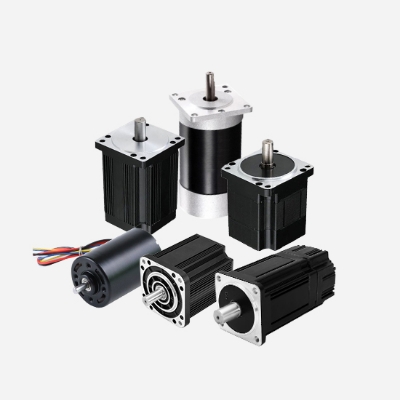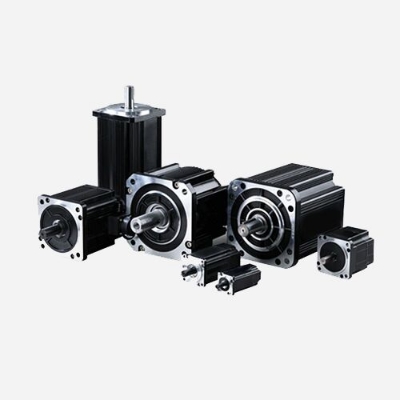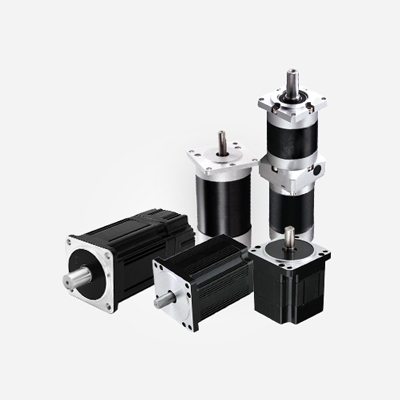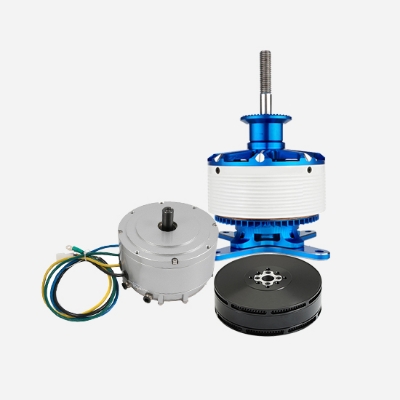Brushless DC (BLDC) motors have significant advantages over traditional brushed DC motors and are therefore being rapidly adopted in the market and in motion control applications. Less maintenance, faster operation, more compactness, less electrical noise, and better torque to weight ratio. Despite these benefits, BLDC motors still cost more than conventional DC motors because they require a motor drive controller (for electronic commutation) and a rotor position sensor.
Torque and Horsepower
Whenever someone talks about the performance of their car, two things are almost always mentioned: torque and horsepower. But what you may not know is that while these two are related, they are actually very different. Torque is a measure of the twisting motion of a force that is amplified by distance. Example. When using a wrench to turn a bolt, a wrench with a longer handle has more torque than a wrench with a shorter handle when the exact same force is applied - thus making it easier to turn the bolt because it is a greater distance (i.e., length). Torque is measured in pounds-feet, meaning that a force in pounds acts on the end of a lever in feet. For example, if that wrench is 2 feet long and you apply 100 pounds of force to it, you are applying 200 lb-ft) of torque to the bolt.
Horsepower is the speed at which the job is done. The formula for horsepower is torque times RPM divided by 5,252 radians-seconds. So while torque considers the work being done and how much force it uses, horsepower is how that force is used to do more work through more repetitive actions. If you compare the peak torque and peak horsepower of an engine on a chart, you will see that the peak torque is much earlier than the peak horsepower.
The reason for this is that torque is dependent on factors such as the stroke or throw distance of the piston or crankshaft, while horsepower is dependent on how often these components cycle through to do their job. At this torque level, more frequency means more power is generated to do more work.
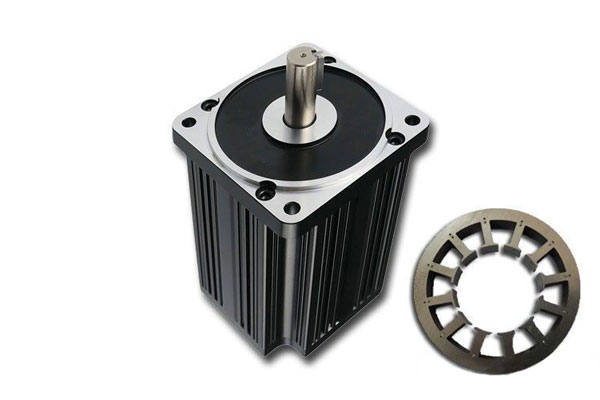
What is the torque of a BLDC motor?
A brushless motor is mainly used to generate driving torque as a power source for appliances or various machinery, and its main function is to use mechanical energy to convert it into electrical energy. Under the action of torque of mechanical equipment installed with a brushless motor, the object will change in position or angle, etc. Therefore, it can be calculated according to the formula of the definition of Aki torque. That is, torque (T) = power (P) * 9.55 / number of revolutions (N), or mutual conversion factor can also look like this: T * number of revolutions / 9.55 = power
Ways to increase the torque of the brushless motor
- Increase the operating voltage U of the brushless motor, the whole motor T-n curve is raised upward in parallel, the blocking torque of the motor is raised, the no-load torque of the motor is raised accordingly, and the speed constant of the motor remains unchanged.
- Raising the torque constant KT, n0 will drop accordingly. The mechanical characteristics of the motor will become harder, i.e. the motor speed constant will become smaller, i.e. the speed per unit of torque motor down will become smaller.
- Reduce the resistance R by using wires with higher copper purity and not using aluminum or copper-clad aluminum wires. Increase the cross-sectional area of the motor armature wire, i.e., thicken the wire or increase the number of parallel strands of the coil wire. Use a flat rotor, reduce the effective conductor length of the rotor, and minimize the length of the rotor end. Brushless motors should use fractional slot concentrated winding motors.
- Increase the working flux Φ, and reduce the speed N as much as possible, so that R can be reduced while the torque constant KT of the motor should be kept constant or increased.

